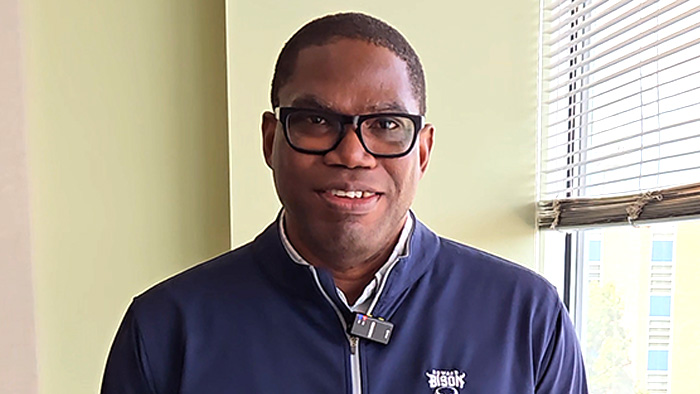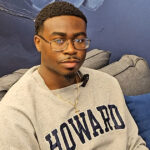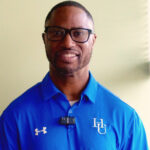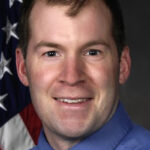Dr. Anietie Andy sees artificial intelligence not as a single field but as a bridge that connects many areas of study. As an Assistant Professor in the Department of Electrical Engineering and Computer Science at Howard University, Dr. Andy’s work explores how AI can be applied across disciplines, including social media analysis, satellite imagery, and healthcare. His passion for research and mentorship reflects a commitment to innovation that is grounded in collaboration, curiosity, and community.
Q: Can you introduce yourself and your field of study?
Anietie Andy: My name is Dr. Anietie Andy. I am an Assistant Professor in the Department of Electrical Engineering and Computer Science at Howard University. My background is in artificial intelligence. I build intelligent models and apply them to different disciplines.
Q: Can you tell us a little about your background and what brought you to RITA?
My background is in AI. I build models and apply them to different areas, and as a faculty member at Howard, that’s how I got introduced to RITA. I have worked on several interesting projects through it.
Q: What inspired you to pursue a career in computer science and AI?
I did my master’s and PhD at Howard, and I interacted with faculty members who did AI research. That really piqued my interest, and once I started working in that area, I realized I liked it and that’s how I got into it.
Q: Who or what first sparked your curiosity in science?
My parents. My dad is a professor and works in the sciences, so I got introduced to it pretty early.
Q: Do you have mentors who have guided you throughout your career?
I have several mentors. Depending on what I am doing, I reach out to different people for guidance. I think that’s important. Even as I progress in my career, I still look for new mentors.
Q: What does mentorship mean to you, both giving and receiving it?
It’s very important. There are times when you don’t really know how to approach something, and mentors who have been through similar situations can help. Working with students and mentoring them has also been very rewarding. I like seeing how they progress over time.
Q: What is the best career advice you have received?
Be curious. Even if there’s no direct approach to solving a problem, think it through, talk to people, and collaborate. I’ve learned that working with others, especially people from different disciplines- can lead to great results.
Q: What professional milestone are you most proud of?
Coming back to Howard as a professor. I did my master’s and PhD here, then worked as a researcher at the University of Pennsylvania. Coming back as a faculty member has been very rewarding for me.
Q: What excites you about the future of this field?
The possibilities. A few years ago, some of the things we’re doing now didn’t seem possible. It’s exciting to think about what the next few years will bring.
Q: If you could solve one big challenge in AI, what would it be?
I would say multimodal data, which is combining data from different sources like images, text, and tables to make better predictions. That’s something I’ve been working on a lot.
Q: Why does your work matter?
The impact. I apply AI to different disciplines, including healthcare, and it’s meaningful to see how this work can help change people’s lives.





